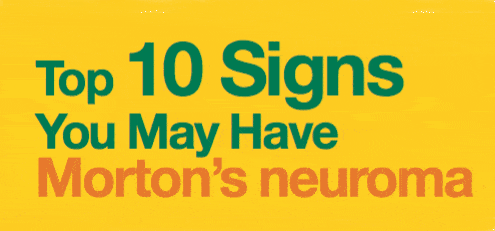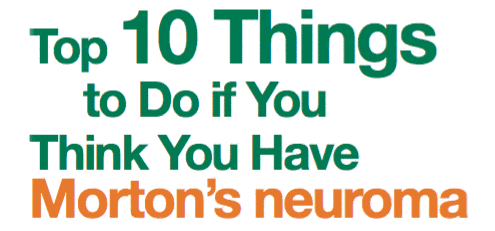Ultrasound Guided Platelet Rich Plasma is frequently recommended to help deal with associated inflammation and scar tissue
Platelet rich plasma therapy (abbreviated as PRP) is the re-administration of your own platelets to activate the body’s natural healing cascade for repair and regeneration to treat Morton’s neuroma. It is successfully used for various musculoskeletal problems, such as of injured tendons, ligaments, muscles and joints. In fact, Platelet Rich Plasma injections are replacing traditional orthopedic surgery in many instances for conditions ranging from soft tissue injuries (tendonitis, muscle tears, ligamentous injuries) to various joint afflictions, such as a torn meniscus or mild to moderate arthritis of the joint.
Platelet activation plays a key role in the process of wound and soft tissue healing, especially when inflammation is present. Platelet Rich Plasma injections involves the use of a portion of your own blood, which has a high platelet concentration. PRP injections are prepared by using a small amount of your own blood which is centrifuged and then a portion of concentrated blood containing activated platelets is injected into the abnormal tissue.
We use ultrasound imaging to guide the injection, and this increases the accuracy of the PRP procedure, and potentially reduces post-procedural pain. We also use light activation (photobiomodulation) of our platelets, which increases the effectiveness of the platelets and also decreases the post procedure discomfort.
Collect Blood
Centrifuge Blood
Light Photobiomodulation
Inject Under
Ultrasound Guidance
We use PRP injections in certain patients with Morton’s neuroma:
A PRP injection can be uncomfortable and cause post-procedural pain that lasts a few days. When used to treat Morton’s neuroma, PRP injections should always be combined with other treatments.
Although the treatment is generally well-tolerated by individuals of all age groups, there are certain contraindications to PRP Injections.
For example:
The aftercare for most PRP injections is relatively simple. Patients will resume activity at their own pace. The pain from the process typically will last a few days, occasionally longer, and some patients have more severe or sporadic pain than others. Because your own blood is used, there is no risk of a transmittable infection and a very low risk of allergic reaction to the treatment.
We recommend going to a clinician with experience in giving Platelet Rich Plasma injections. We activate PRP using light activation to increase their effectiveness and give Platelet Rich Plasma injections under ultrasound guidance to increase the accuracy of the procedure.
Most patients will experience some post-procedural pain at the injection site for up to 3 days and in some cases longer. This is typically managed with ice and over-the-counter pain relievers like Acetaminophen (Tylenol); however the physician may prescribe stronger pain relievers. Non-steroidal anti-inflammatory agents (NSAIDS) should be avoided since they interfere with the effectiveness of the PRP treatment.
Other side effects of PRP injections are very limited as the patient is utilizing their own blood, which they should have no reaction to. Sometimes the color around the skin of a PRP injection will appear bruised. Most of these side effects are temporary and resolve spontaneously within a couple of days after the initial procedure. Rare complications includes infection at the injection site and bleeding especially with anticoagulant therapy or bleeding disorders.


By providing us with your information you are consenting to the collection and use of your information in accordance with our Terms of Service and Privacy Policy.